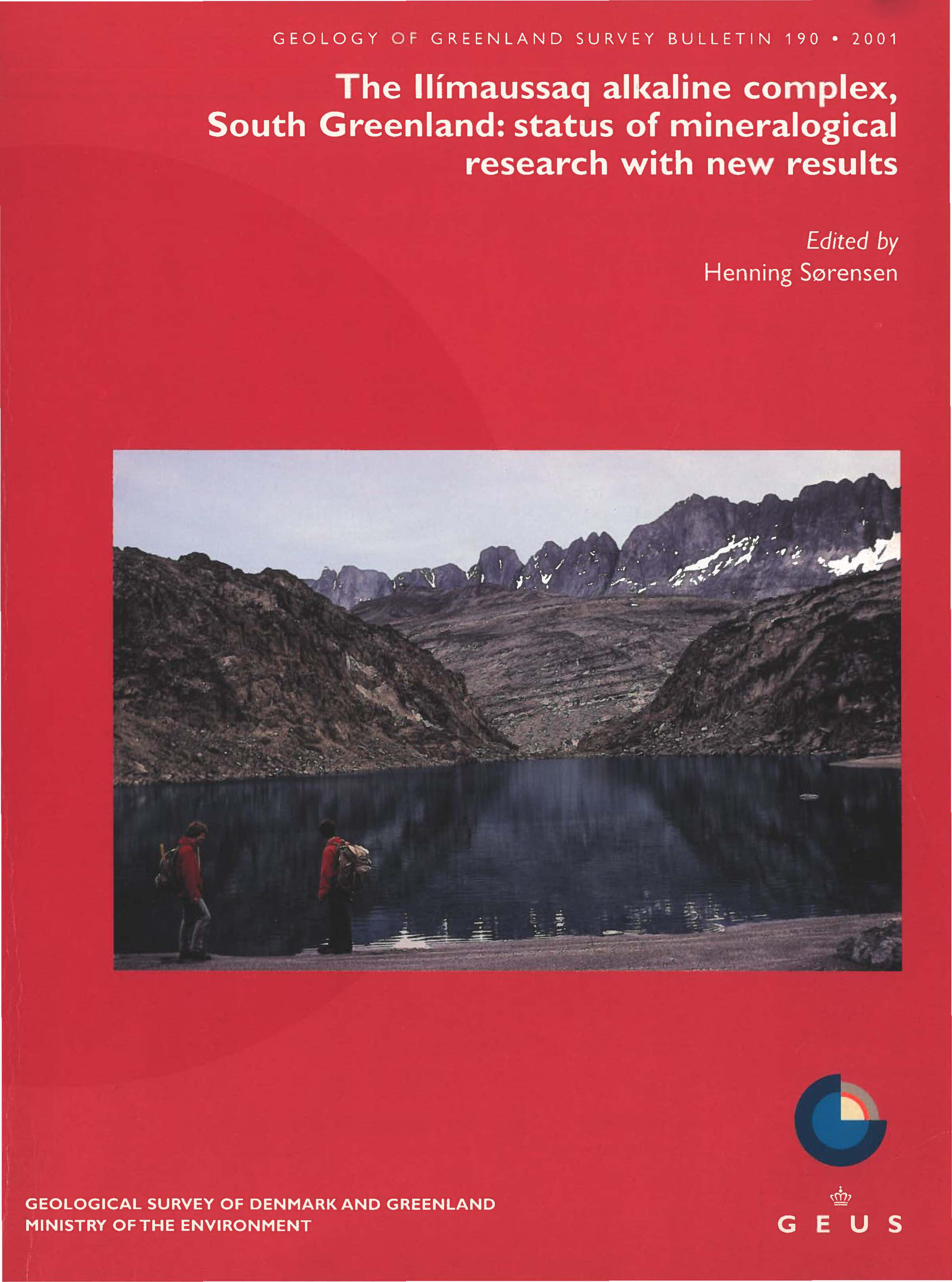The distribution of minerals in hyper-agpaitic rocks in terms of symmetry: evolution of views on the number and symmetry of minerals
DOI:
https://doi.org/10.34194/ggub.v190.5176Abstract
Among the unique mineral localities of the Earth the complexes of nepheline syenites with hyper-agpaitic differentiates are of special interest due to their extreme diversity of mineral species. The four best studied complexes of this type – Khibina, Lovozero, Ilímaussaq and Mont Saint-Hilaire – have yielded more than 700 mineral species of which about 200 are new. The great mineral diversity is due to the combination of several factors, the most important of which is the extremely high alkalinity of agpaitic magmas, causing about half of the elements of the periodic table to be concentrated together. Minerals from hyper-agpaitic rocks are characterised by the predominance of highly ordered, low-symmetry crystal structures resulting, in particular, from the markedly extended temperature range of crystallisation. Generalisation of available data for unique mineral localities underpins the hypothesis that there is no natural limit to the number of mineral species. It is predicted that by the middle of the 21st century, the overall number of minerals recorded in nature will exceed 10 000, with the proportion of triclinic species increasing from the present 9% to 14.5%, and that of cubic species decreasing from 10% to 5%.
Downloads
Published
Issue
Section
License
This article is distributed under a CC-BY 4.0 licence, permitting free redistribution and reproduction for any purpose, even commercial, provided proper citation of the original work. Author(s) retain copyright over the article contents.


